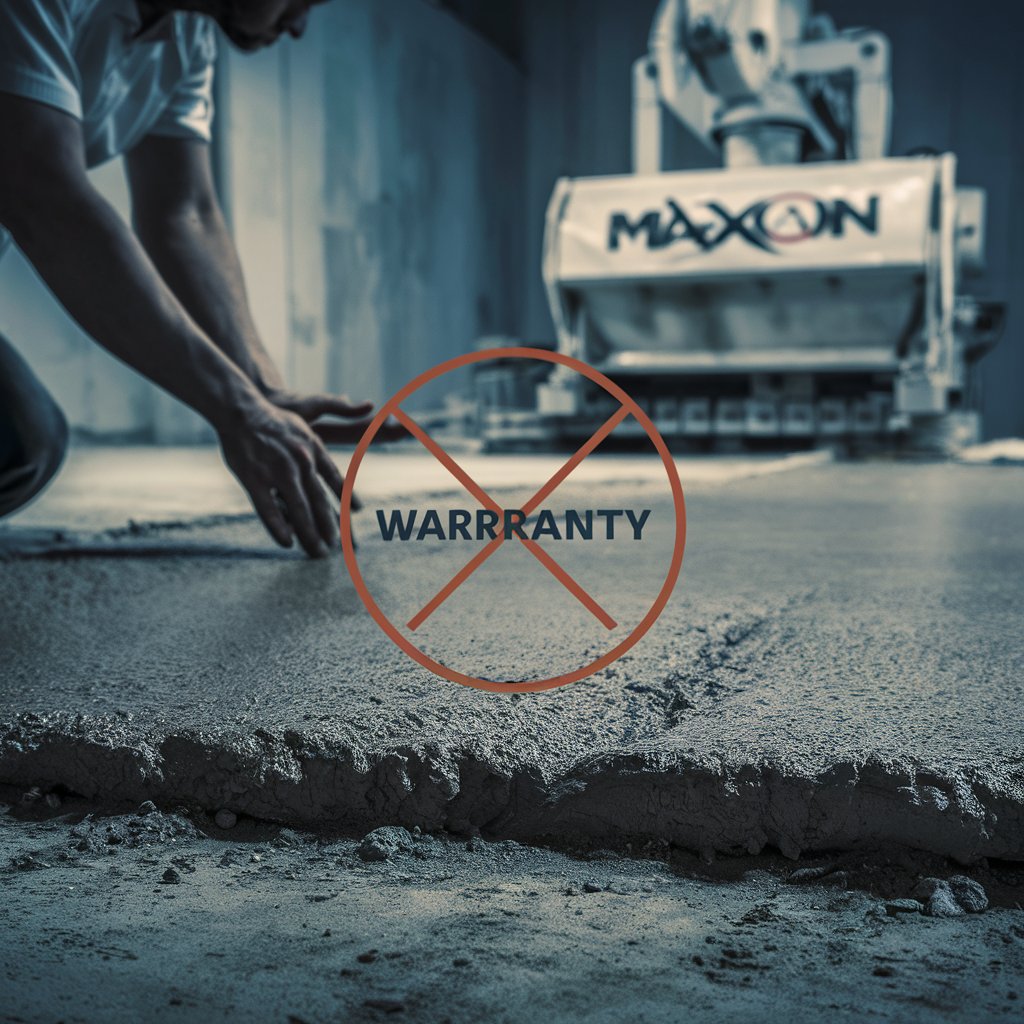Gypcrete, a type of lightweight concrete known for its excellent insulation properties, is often used in flooring applications. However, Maxxon doesn’t usually warranty gypcrete as a finished floor. This policy has implications for both contractors and property owners, especially when it comes to ensuring long-term durability and performance. In this comprehensive article, we will explore why Maxxon adopts this warranty stance, the factors influencing the decision, and best practices for using gypcrete effectively in flooring.
Why Maxxon Doesn’t Usually Warranty Gypcrete as a Finished Floor?
Maxxon, a leading manufacturer of floor underlayments and related products, has established a policy where gypcrete, although widely used, is not typically covered under warranty as a finished flooring solution. Several reasons contribute to this policy:
- Product Purpose and Application
Gypcrete is designed primarily as a leveling and insulating underlayment rather than a final flooring surface. It provides a smooth, stable base for the installation of various floor coverings, such as carpet, tile, or hardwood. Its main functions are to enhance acoustic performance, provide thermal insulation, and level uneven subfloors. As an underlayment, it is not intended to serve as a finished surface, which is why Maxxon does not usually warranty it in this capacity.
- Durability Concerns
While gypcrete is known for its strength and fire resistance, its durability as a finished floor is limited compared to other flooring materials. The surface of gypcrete can be prone to damage from heavy foot traffic, impacts, and abrasion. Over time, this can lead to surface wear and degradation. Because gypcrete is not designed to withstand the rigors of everyday use as a final floor surface, its performance as such is not guaranteed by Maxxon.
- Variability in Formulations
The final strength and durability of gypcrete can be influenced by various factors, including formulations and additives used during its preparation. Variations in mix ratios, additives, and application methods can affect the quality and performance of the gypcrete. This variability makes it challenging for Maxxon to provide a consistent warranty for gypcrete as a finished floor.
- Adherence to Industry Standards
The use of gypcrete as a finished floor may not align with industry standards or best practices for flooring systems. Most industry guidelines and standards emphasize using gypcrete as an underlayment, with other materials specified for the final floor surface. Maxxon’s warranty policy reflects adherence to these standards, ensuring that the product is used in accordance with its intended purpose.
Best Practices for Using Gypcrete in Flooring Systems
To ensure optimal performance and longevity when using gypcrete, it is essential to follow best practices:
- Proper Installation
Ensure that gypcrete is installed correctly as an underlayment. This involves proper mixing, application, and curing to achieve the desired performance characteristics. Follow the manufacturer’s guidelines for installation to prevent potential issues.
- Use of Suitable Floor Coverings
Select appropriate floor coverings for use over gypcrete. Flooring materials should be compatible with gypcrete and suited for the intended use of the space. Consult with flooring professionals to choose products that will perform well in combination with gypcrete.
- Protective Measures
Protect the gypcrete surface from damage during construction and renovation activities. Avoid exposing it to heavy loads, impacts, or excessive moisture. Implement measures to safeguard the surface until the final flooring is installed.
- Regular Maintenance
Maintain the gypcrete surface and flooring system to ensure long-term performance. Regular cleaning and inspection can help identify and address any issues before they become significant problems.
- Consultation with Professionals
Collaborate with seasoned flooring contractors and consultants who possess in-depth knowledge and experience with gypcrete and its specific applications. These professionals can offer invaluable guidance and expertise throughout the installation and maintenance process. Their insights are crucial for ensuring that the flooring system is installed correctly, adheres to industry standards, and performs optimally over time. By leveraging their experience, you can address potential issues proactively, enhance the durability and functionality of the flooring, and ensure that all aspects of the gypcrete application meet the highest standards of quality and performance.
FAQs
1 – Why doesn’t Maxxon warranty gypcrete as a finished floor?
Maxxon doesn’t warranty gypcrete as a finished floor due to its intended use as an underlayment, concerns about durability, variability in formulations, and adherence to industry standards.
2 – What are the benefits of using gypcrete as an underlayment?
Gypcrete offers benefits such as thermal insulation, soundproofing, and leveling of uneven subfloors, making it a suitable choice for use beneath various flooring materials.
3 – Can gypcrete be used as a final flooring surface?
While gypcrete can be used as a final flooring surface in some cases, it is generally not recommended due to its limited durability and wear resistance compared to other flooring options.
4 – What factors affect the performance of gypcrete?
Factors such as mix ratios, additives, installation methods, and the quality of the materials used can impact the performance of gypcrete.
5 – How can I ensure proper installation of gypcrete?
Follow the manufacturer’s guidelines for mixing, application, and curing, and consult with experienced professionals to ensure proper installation.
Conclusion
Maxxon’s policy of not usually warranting gypcrete as a finished floor highlights the product’s intended role as an underlayment rather than a final surface. While gypcrete offers excellent benefits as a leveling and insulating material, its durability as a standalone flooring solution is limited. To maximize performance, it is crucial to adhere to best practices for installation, protection, and maintenance. Consulting with experts and using appropriate floor coverings can enhance the effectiveness of gypcrete in flooring systems. Understanding these guidelines ensures optimal use and longevity of gypcrete in various applications.



